
Across the United States the average rate of homelessness is 23 people per 10,000 residents, but in ten cities the crisis is at least three times worse.
Ranked by rate rather than raw totals, these cities highlight where homelessness is most concentrated relative to local population.
The issue is driven by factors such as soaring rents, the rollback of pandemic-era protections, and chronic shortages of affordable housing, which have been exasperated by NIMBY (“Not in my backyard”) policies across the country.
No. 1: New York City, NY
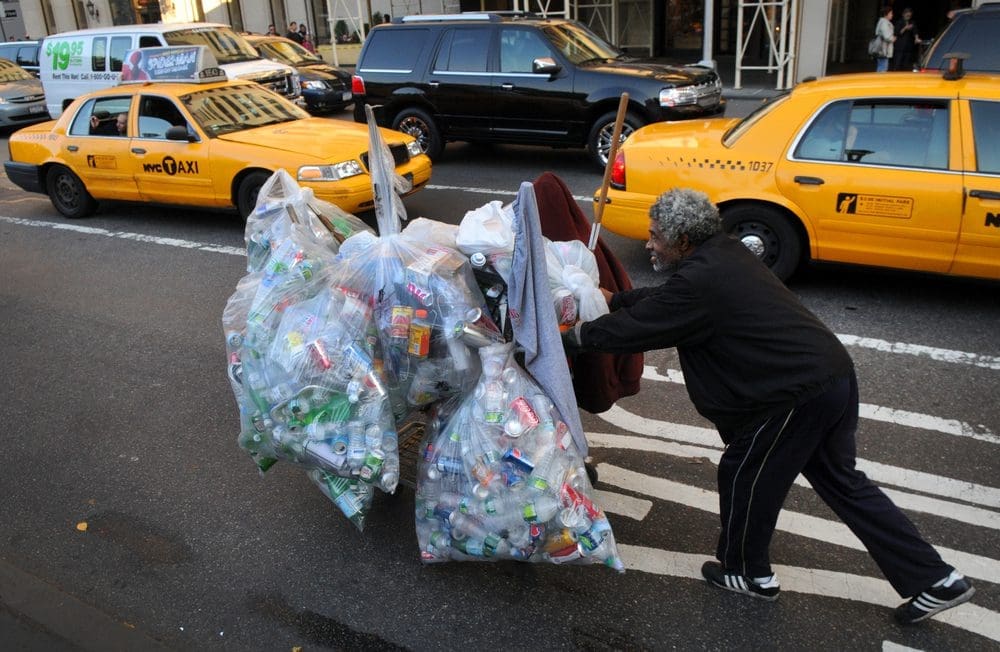
- Homeless people: 140,134
- Rate: 168 per 10,000
According to New York City’s Department of Homeless Services, 2024 saw a record influx—driven largely by asylum-seeking families—pushing the homeless tally to an all-time high, although about 97 % of those individuals still sleep indoors thanks to the city’s “right-to-shelter” rule.
No. 2: Oakland, CA (Alameda County)
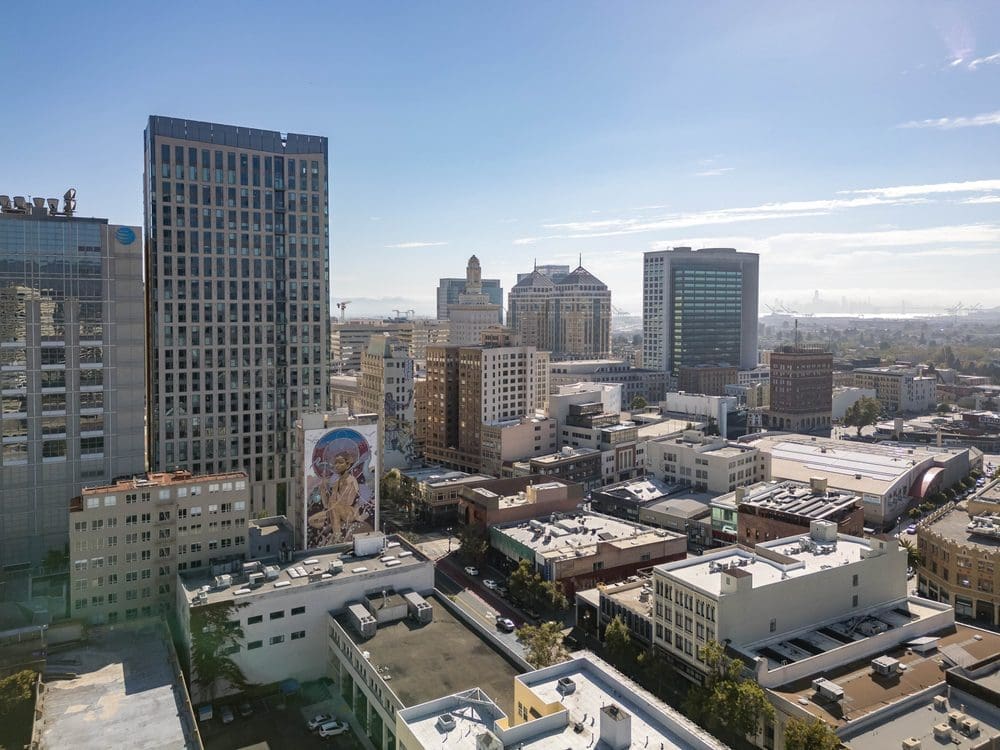
- Homeless people: 5,485
- Rate: 126 per 10,000
Per Alameda County’s Point-in-Time survey, roughly two-thirds of Oakland’s unhoused residents live outdoors, and recent court rulings have accelerated encampment clear-outs even as shelter capacity continues to lag.
No. 3: Los Angeles, CA
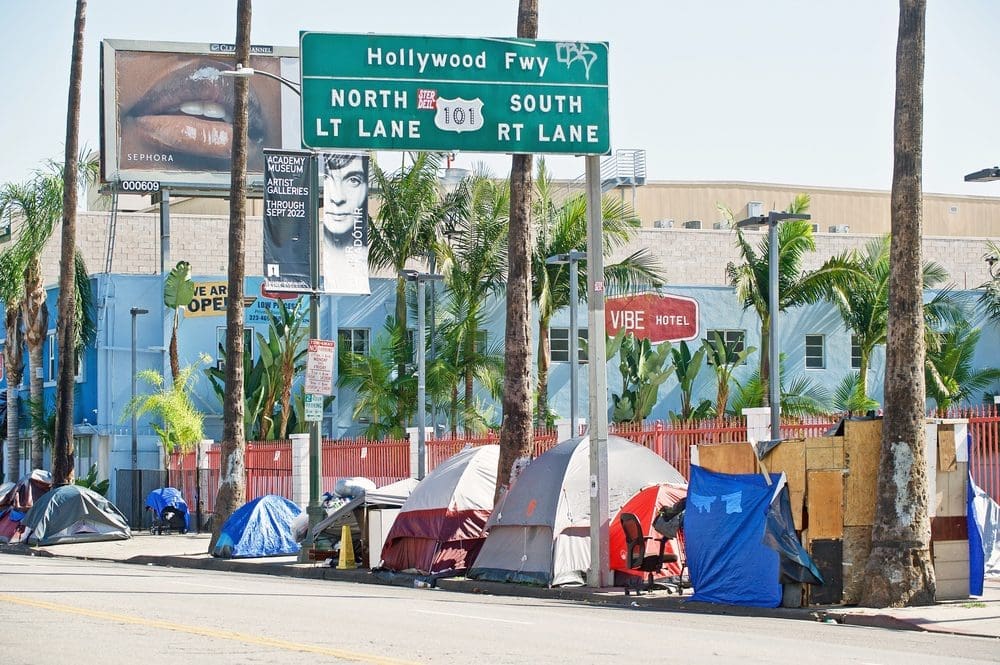
- Homeless people: 45,252
- Rate: 117 per 10,000
The Los Angeles Homeless Services Authority reports a rare 2 % decline in the 2024 count after motel conversions and safe-sleep programs expanded, yet the city still struggles with the nation’s largest unsheltered population.
No. 4: San Francisco, CA

- Homeless people: 8,323
- Rate: 103 per 10,000
City data compiled by the Department of Homelessness and Supportive Housing show street homelessness at a ten-year low, but overall numbers climbed 7 % as budget gaps delayed new permanent-housing projects.
No. 5: Portland, OR (Multnomah County)
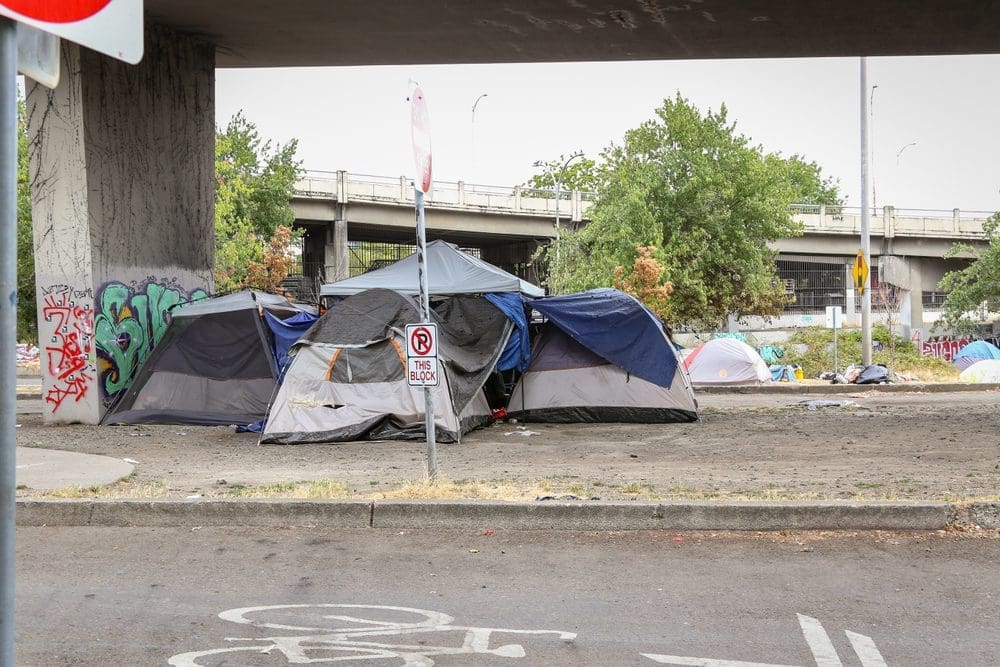
- Homeless people: 6,297
- Rate: 97 per 10,000
Multnomah County’s latest homelessness dashboard indicates Portland now has the highest family-homelessness rate in the country, just as new camping bans arrive amid looming shelter-funding cuts.
No. 6: Denver, CO
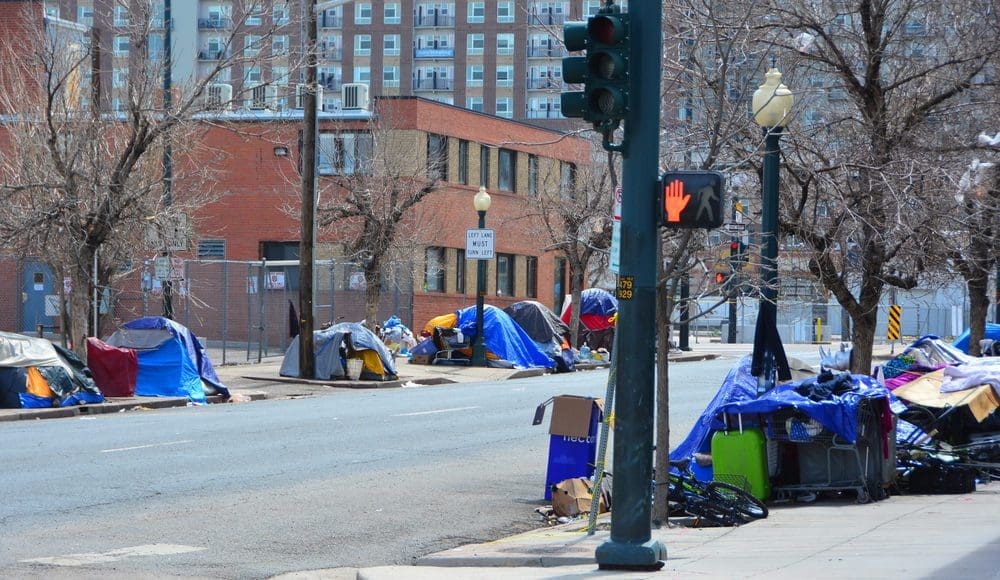
- Homeless people: 6,539
- Rate: 92 per 10,000
As reported by the Metro Denver Homeless Initiative, overall homelessness jumped 12 %, but sidewalk tent counts fell after the mayor rapidly converted hotels into temporary shelters.
No. 7: Boston, MA (Greater Boston)
-
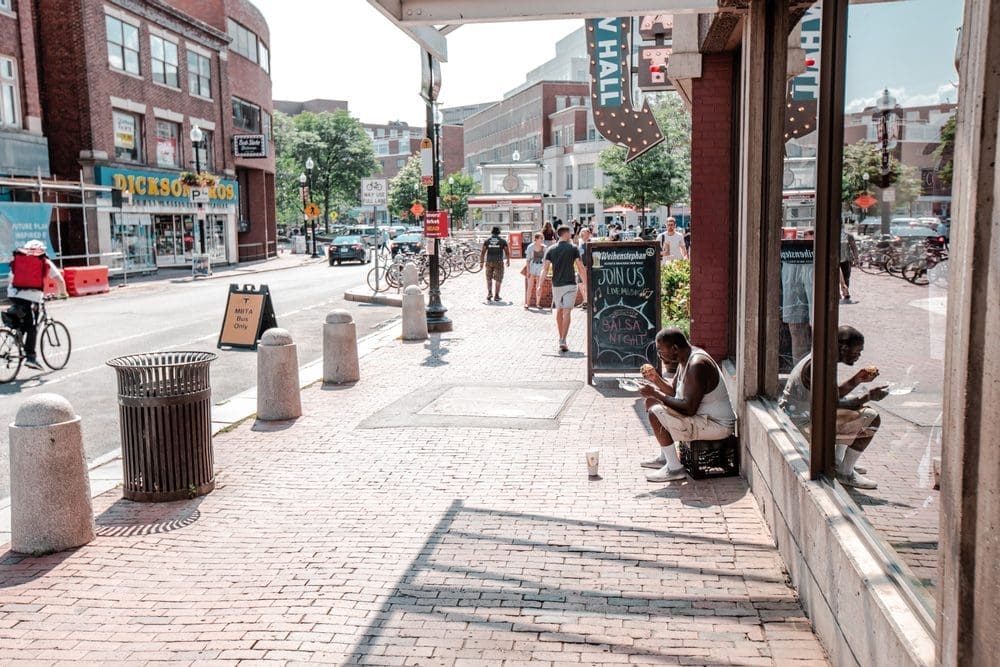
Shutterstock Homeless people: 5,756
- Rate: 84 per 10,000
Boston Indicators’ 2024 overnight census found that migrant families fueled an 11 % one-year spike, yet 94 % of the city’s unhoused people are sheltered—best on this list.
No. 8: Washington, D.C.

- Homeless people: 5,616
- Rate: 83 per 10,000
District officials note in their 2024 PIT release that the homeless count rebounded 14% as rents rose and pandemic relief expired, reversing several years of steady declines.
No. 9: Seattle–King County, WA
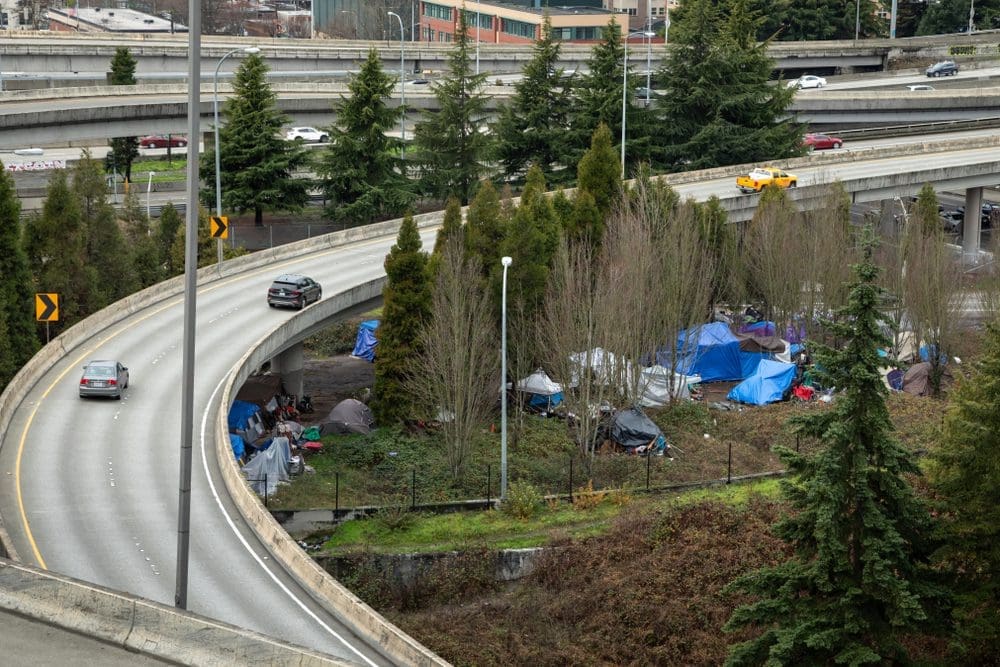
- Homeless people: 16,385
- Rate: 70 per 10,000
King County’s Regional Homelessness Authority recently revised its tally upward after data validation; the numbers reveal the West Coast’s highest share of chronically homeless residents despite new tiny-home villages.
No. 10: Chicago, IL
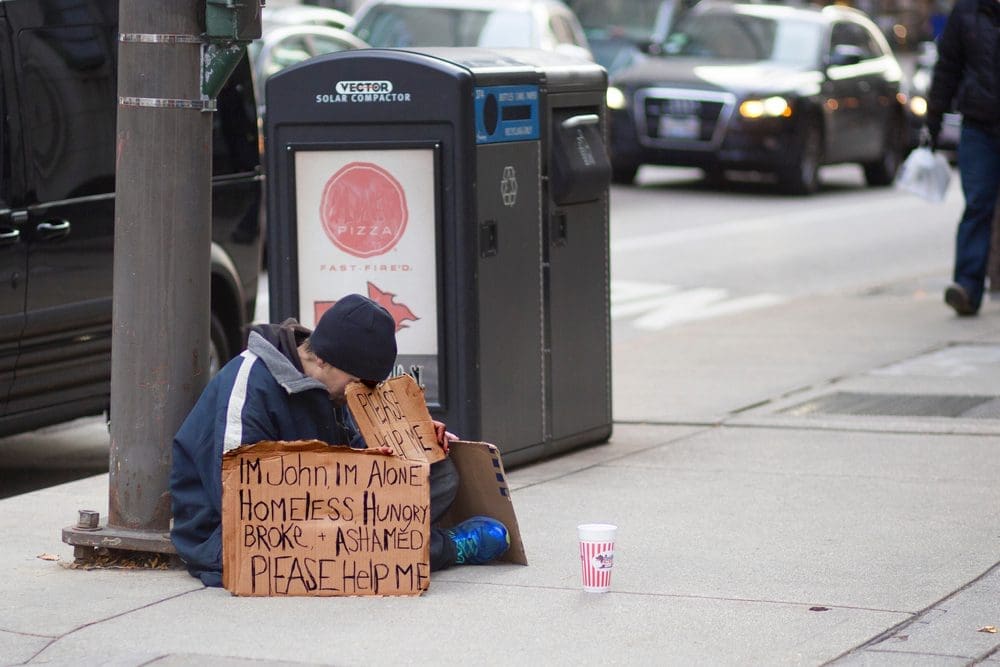
- Homeless people: 18,836
- Rate: 69 per 10,000
According to the Chicago Department of Family & Support Services, the city’s homeless total tripled as tens of thousands of asylum-seekers arrived, with more than 80 % of the unhoused population now in shelters.
Will it get better or worse?
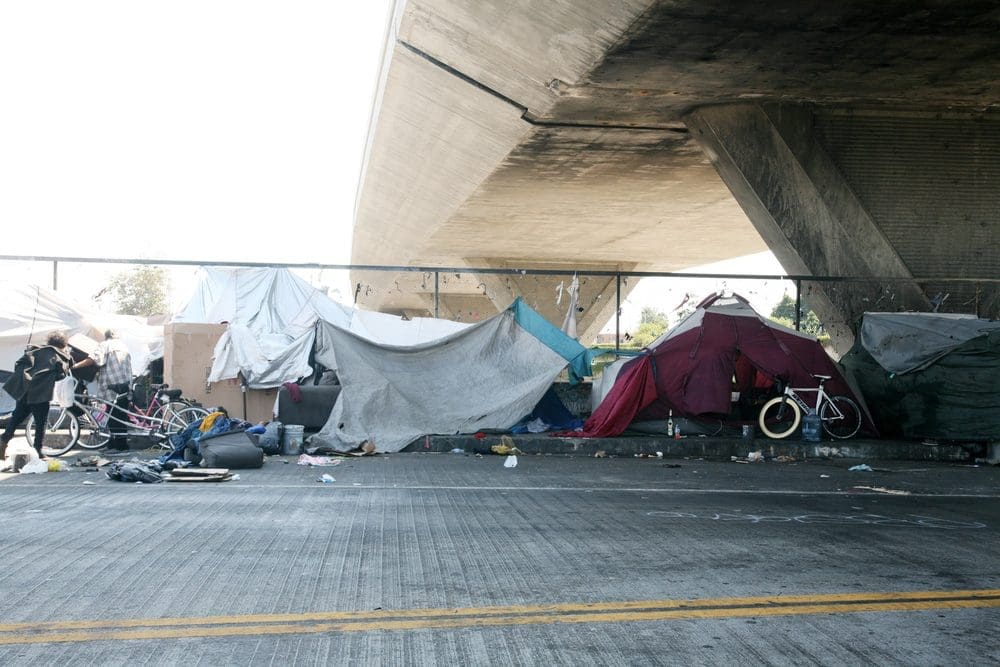
If rent growth keeps running hotter than wages, the nation’s homeless count could rise another 8-10 percent by 2026, driven largely by the cost squeeze in high-growth metros. But a broad “Yes In My Back Yard” (YIMBY) and abundance policy wave now advancing at the state level offers a real chance to flatten that trend.
One of the most recent examples of action has taken place in California, as Governor Gavin Newsom signed a pair of bills scaling back the California Environmental Quality Act (CEQA), which has long been criticized for blocking crucial housing and infrastructure projects across the The Golden State.
The new bills exempt most urban housing development, as well as day cares, high-speed rail and advanced manufacturing sites, like semiconductor facilities.
There now a new “shot clock” bill in making moves in the state legislature, which would let developers to bypass slow city permit reviews. The bill, AB 253, allows cities to hire private reviewers if reviews aren’t completed with the first 30 days for projects with 10 unites or fewer.
The fastest, most scalable fix is also the simplest: legalize more homes and build them quickly. Should California-style streamlining spread to other high-cost states, the homeless rate could plateau within three years and start falling by the end of the decade—a reversal that hasn’t happened nationwide since 2016.
























